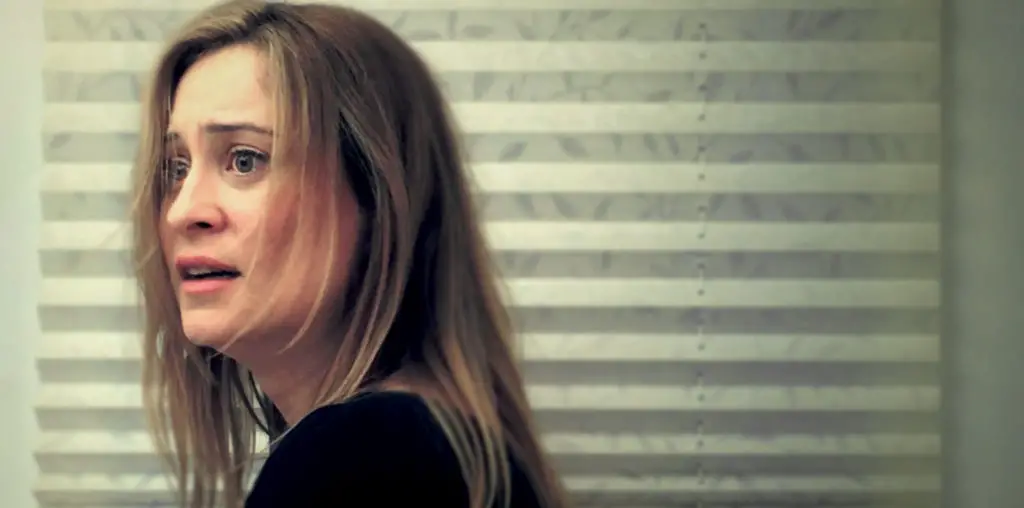
On October 8, 2005 a 7.8 earthquake hit Pakistan and answered the age old question: If an earthquake hits Pakistan, does anyone care? The answer? Not really. Sure, 80,000 plus people (who were mostly children) would have probably cared, but they were killed. The survivors left to deal with the carnage sure cared. The rest of the world, however, had other things on its mind.
This documentary aims to rectify that situation by showing not only the destruction that occurred, but also pointing out that it has yet to be fixed. Schools destroyed. Hospitals reduced to rubble. The dead got off easy. The living had to deal with (and are still dealing with) crippling burns, missing limbs and medical care that seems cutting edge… if this were the 18th century.
If “Zalzala” has a fault it is that it is a bit heavy-handed. Viewers understand tragedy when they see it. They don’t need sad music. They don’t need to see the film crew crying. The images and tales used convey the disaster more clearly than a stereotypical soundtrack ever could. Still, one can understand why that was done. When the rest of the world doesn’t seem to notice, you want to drill the point home.
The film’s other problem, and this is the not the filmmakers’ fault, is that the people who really need to see this won’t. Those who weren’t concerned in the first place probably aren’t going to pick this up. Pakistan might as well be Mars. It’s a place Americans would invade, not save. Again, that’s not the film’s fault, but it is a problem.
By now you know if you want to see this. It’s worth watching if only to see exactly how much damage can be done to a Third World country by a natural disaster. I’m not too convinced that we Americans would be much better off if that sort of thing happened here, as witnessed by Katrina’s devastation of New Orleans and the government’s response. “Zalzala” only goes to show that we aren’t unique… we only think we are.

